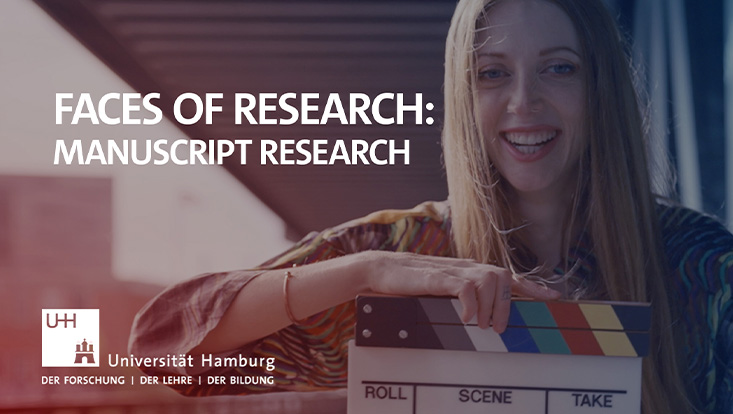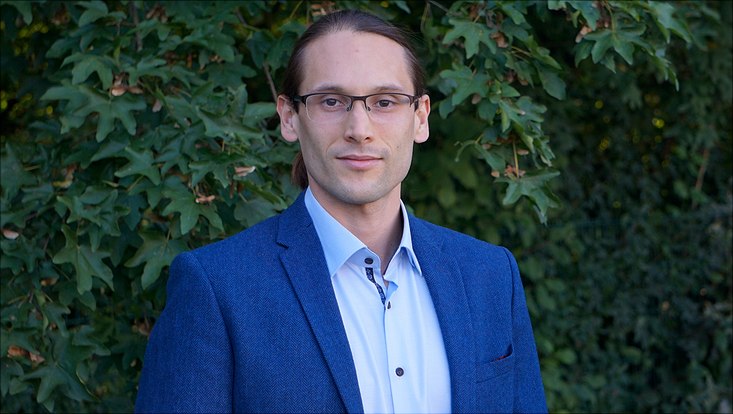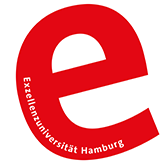Mysterious DamageValuable Manuscripts from Kairouan, Tunisia Analysed in Hamburg
13 January 2025, by Jakob Hinze
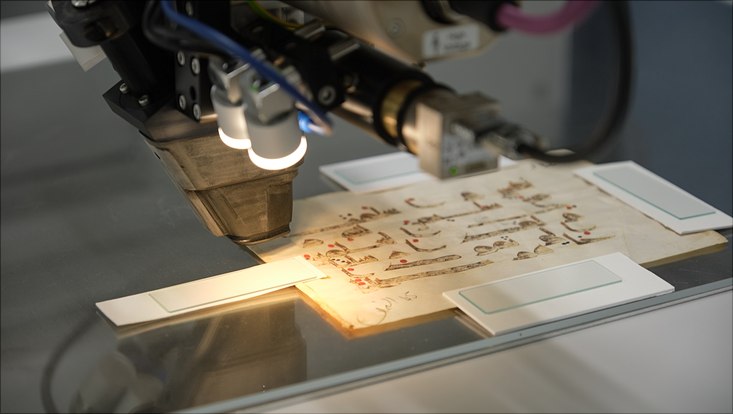
Photo: CSMC
Numerous artefacts from one of the world’s most important collections of Islamic manuscripts are affected by an unusual form of degradation. In late 2024, a delegation from Tunisia brought 15 objects to Hamburg and analysed them together with the experts of the Artefact Lab at the Centre for the Study of Manuscript Cultures (CSMC). Tarek Baccouche, general director of Tunisia’s National Heritage Institute and leader of the delegation, declares that he was ‘very satisfied with the analysis process and safe handling of the manuscripts’ and ‘very impressed with the work and bilateral cooperation’.
Kairouan is home to what scholars of Islamic written culture consider the oldest near-intact library of Islamic manuscripts in the world. The collection of the National Laboratory for the Preservation and Conservation of Parchment and Manuscripts (NLPCPM), a division of the National Heritage Institute (NHI), is one of the largest in North Africa and one of the most historically and intellectually important collections of Islamic religious and literary manuscripts worldwide, especially of manuscripts dating to the 10th century CE or earlier. It is the legacy of the city’s teaching mosque – the earliest place of Muslim worship in North Africa – and other religious institutions.
Regrettably, several parchment manuscripts in the NLPCPM’s collection are affected by a form of degradation that is unfamiliar to even experienced manuscript conservators. The parchment leaves are distorting severely, their edges are darkening and gelatinising, becoming brittle and translucent. The damaged areas expand over time despite efforts to store them correctly. ‘The parchment exhibits localised deterioration, which appears to be unrelated to ink corrosion. The severity and rapid onset of the degradation are quite unusual, and notably different to the uniform and gradual damage I have seen in other Islamic manuscripts on parchment’, says Kristine Rose-Beers, head of conservation and heritage at Cambridge University Libraries and member of the Kairouan Manuscript Project (KMP) at the CSMC. So far, there is no discernible pattern as to which parts of the collection are affected.
To understand the causes of the degradation, the NLPCPM approached the CSMC, whose researchers have significant expertise in developing and applying non- or minimally-invasive and non-destructive analytical methods to investigate the materiality of historical written artefacts. After extensive preparatory work, including multiple trips to Tunisia by members of KMP leadership team and several CSMC researchers, a milestone was reached in late 2024: a four-member delegation from Tunisia, comprising Tarek Baccouche, the general director of the NHI; Manel Rammeh, the director of the NLPCPM; and Samir Gdah and Adel Bedri, conservators at the NLPCPM, travelled to Hamburg with 15 parchment manuscript fragments from the NLPCPM’s collection. Together, the Tunisian delegation, KMP leadership team, and CSMC researchers examined the objects in the Artefact Lab, using techniques including X-ray fluorescence (XRF), 3D microscopy, multi-spectral imaging (MSI), infrared Fourier transform spectroscopy (FTIR), and genomic and proteomic analysis.
With the analysis complete, the evaluation of the collected data has begun. Manel Rammeh expresses the feelings of all the persons involved in the work: ‘We are eagerly awaiting the results of the analysis, which we hope will bring positive news for this valuable collection – namely, provide us with the knowledge to keep the problem from spreading and enable us to develop an effective conservation treatment to stabilise the damaged manuscripts’.
The CSMC anticipates the results in the spring of 2025. The parties will share their findings with the international scholarly community through scientific publications. They also aspire to organise an international symposium on parchment manuscripts from the Muslim world in Tunisia.
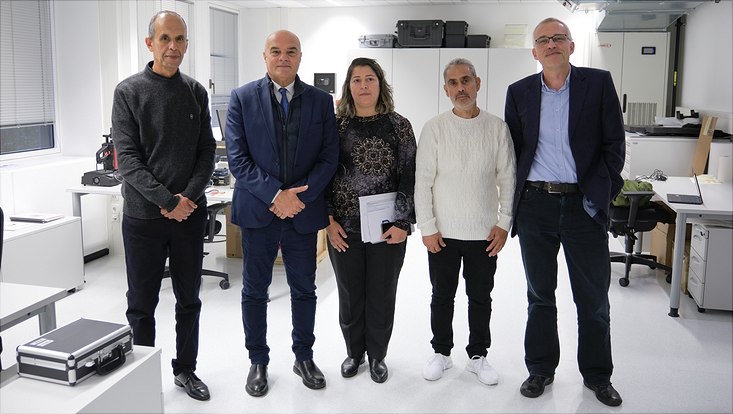
From left, the members of the Tunisian delegation – Adel Bedri, Tarek Baccouche, Manel Rammeh, and Samir Gdah – with Konrad Hirschler, spokesperson of the CSMC.

